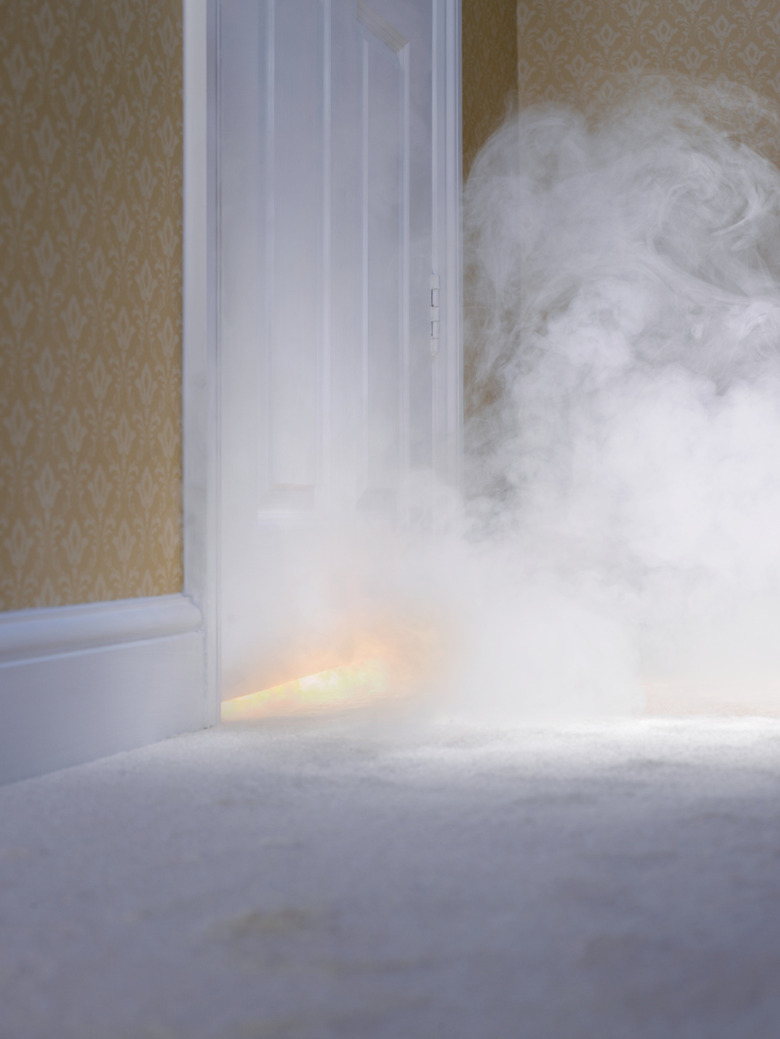What Is The K Factor On A Sprinkler Head?
Fire sprinkler systems are "instant firefighters," according to the Residential Fire Safety Institute. They are on duty 24 hours every day to extinguish fires by using sprinkler heads, or valves, that release water when they sense heat. To calculate sufficient flow that is needed from a sprinkler head to extinguish a fire, engineers use a mathematical equation to determine the k-factor, or coefficient of discharge.
K-Factor
K-Factor
K-factors are listed among the specifications for fire sprinkler systems. They are dimensionless numbers used to calculate the flow and pressure of water discharged from sprinkler heads, according to Hydronics Engineering. K-factors can be determined by using the following equation: K = Q/P1/2, where K is represented by gallons per minute, or gpm/psi1/2, Q is flow rate in gpm and P is pressure in psi, or pounds of force.
K-Factor Components
K-Factor Components
The Bernoulli equation and the Lagrangian assumptions are components of k-factor formulas and must be considered for accurate pressure and volume calculations. One of the same equations that NASA's Glenn Research Center uses to calibrate spacecraft speedometers is used to calculate pressure of fluid mechanics inside sprinkler heads. According to Hydronics Engineering, this Bernoulli equation is the starting point for determining k-factors. Hydronics lists the Lagrangian assumptions under which Bernoulli's equation work: fluids must be incompressible, inviscid, steady and along a streamline.
Residential Application
Residential Application
Although fire sprinklers are common fixtures in commercial and industrial buildings, many homeowners do not realize that residential sprinkler systems are also available. Sprinkler heads do not require separate plumbing systems or water supplies as are required in commercial or industrial applications. They use the same systems and supplies that already exist in your home. Depending on room size and ceiling height, residential sprinklers are rated by k-factors to help you determine which one is appropriate for your home, generally between 5.6 and 8.0.
Recent Challenges
Recent Challenges
In addition to their homes and businesses, many people store their overflow possessions in storage rental facilities. Meeting the demands of fires in these locations is challenging because of the close proximity of many items packed into individual storage units, with many units housed in a single complex. According to PMEngineer.com, storage facility fires are "high-challenge fires," and higher k-factor sprinklers, generally 11.2 or greater, should be in place to protect property. To meet the specific demands of storage facilities, large k-factor sprinkler products have been introduced in the last 10 years.
